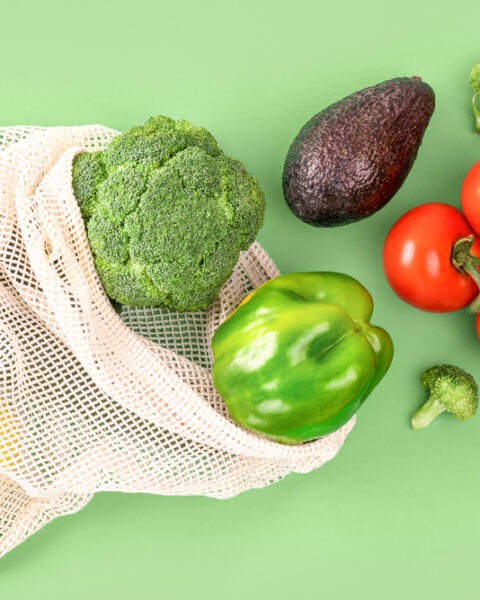Cooking can sometimes feel repetitive, especially when you stick to the same pantry staples. But with so many ingredients available, why limit yourself? Countless overlooked ingredients can bring freshness and creativity to your dishes. Whether you’re a seasoned cook or a kitchen newbie, these underutilized ingredients are worth adding to your repertoire.
Contents
- 1 Sumac
- 2 Miso Paste
- 3 Black Garlic
- 4 Za’atar
- 5 Tahini
- 6 Nutritional Yeast
- 7 Harissa
- 8 Freekeh
- 9 Smoked Paprika
- 10 Gochujang
- 11 Saffron
- 12 Tamari
- 13 Fennel Pollen
- 14 Amaranth
- 15 Shiso Leaves
- 16 Yuzu
- 17 Teff
- 18 Rose Water
- 19 More From RetailShout
- 20 18 Best Bourbon Cocktails You Can Make at Home
- 21 20 Best Seafood Recipes for Summer Grilling
Sumac
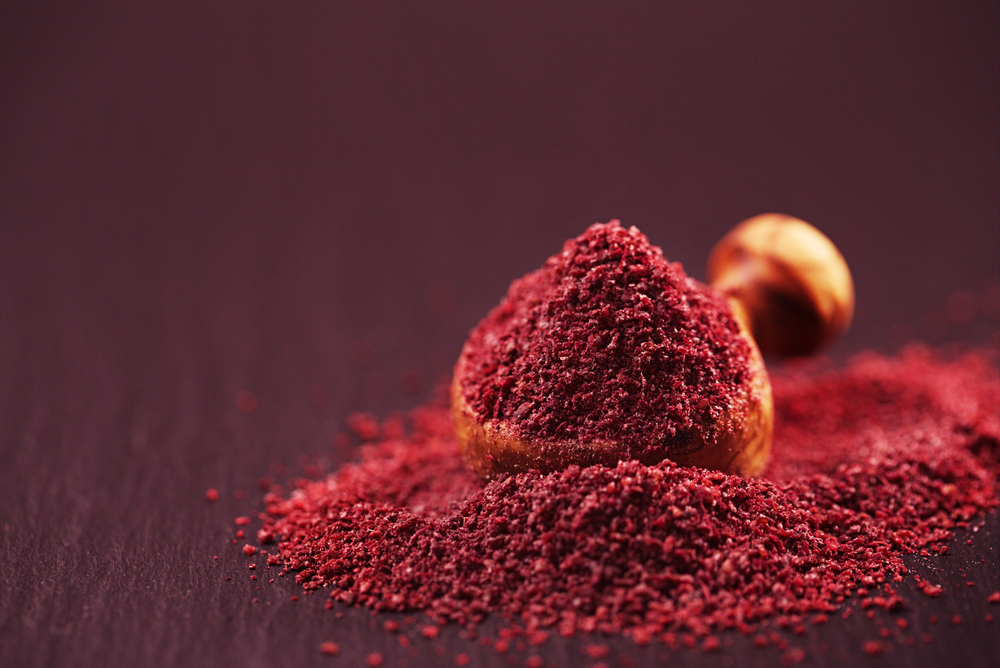
Sumac is a tangy, lemony spice widely used in Middle Eastern cuisine but often overlooked elsewhere. It adds a zesty brightness to dishes without overpowering them, making it perfect for salads, meats, and even desserts. Sprinkling sumac on roasted vegetables or grilled chicken can instantly elevate their flavor profile. If you haven’t tried it yet, sumac is an easy way to add complexity to your meals.
Miso Paste
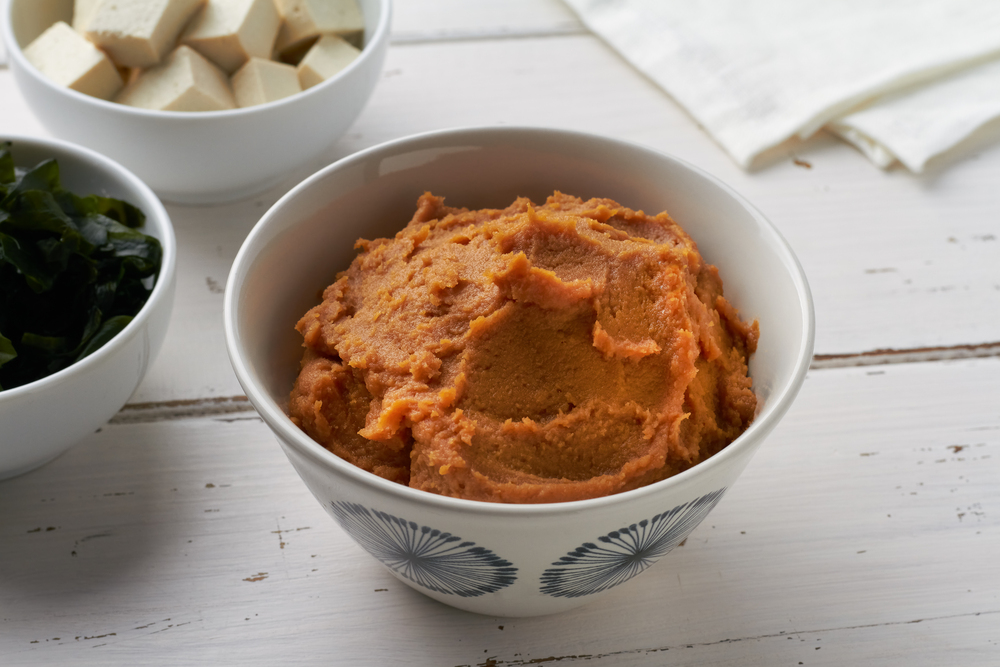
Miso paste, a staple in Japanese cooking, is rich in umami and can add depth to a wide range of dishes. This fermented soybean paste can be used in soups, marinades, salad dressings, and even desserts. Its salty, savory flavor pairs well with everything from vegetables to meats, making it incredibly versatile. If you’re looking to boost the flavor of your dishes, miso paste is a must-have ingredient.
Black Garlic
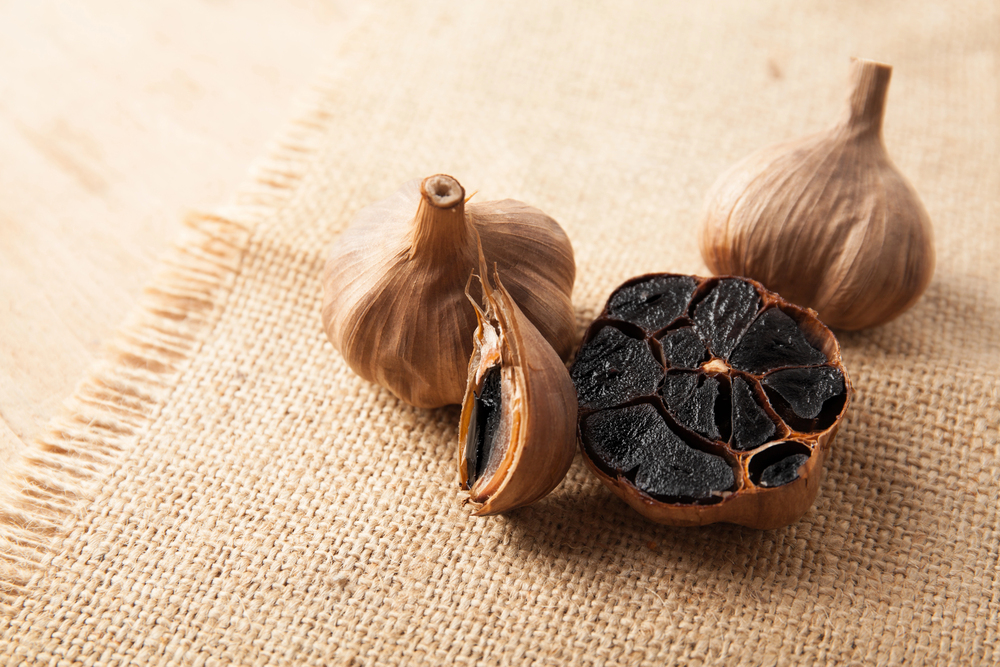
Black garlic is garlic that has been aged until it turns black, developing a sweet, rich, and umami-packed flavor. It’s milder and less pungent than raw garlic, with a taste reminiscent of balsamic vinegar or tamarind. Black garlic can be used in sauces, spreads, and marinades, adding a deep, caramelized flavor to your dishes. It’s an ingredient that can transform simple meals into gourmet experiences.
Za’atar

Za’atar is a Middle Eastern spice blend typically made from thyme, sesame seeds, sumac, and salt. It’s aromatic and tangy, with a nutty flavor that can be sprinkled on almost anything. Try it on roasted vegetables, mixed into olive oil as a dip for bread, or as a seasoning for grilled meats. Za’atar brings a unique flavor that’s both familiar and exotic, making it a fantastic addition to your spice cabinet.
Tahini
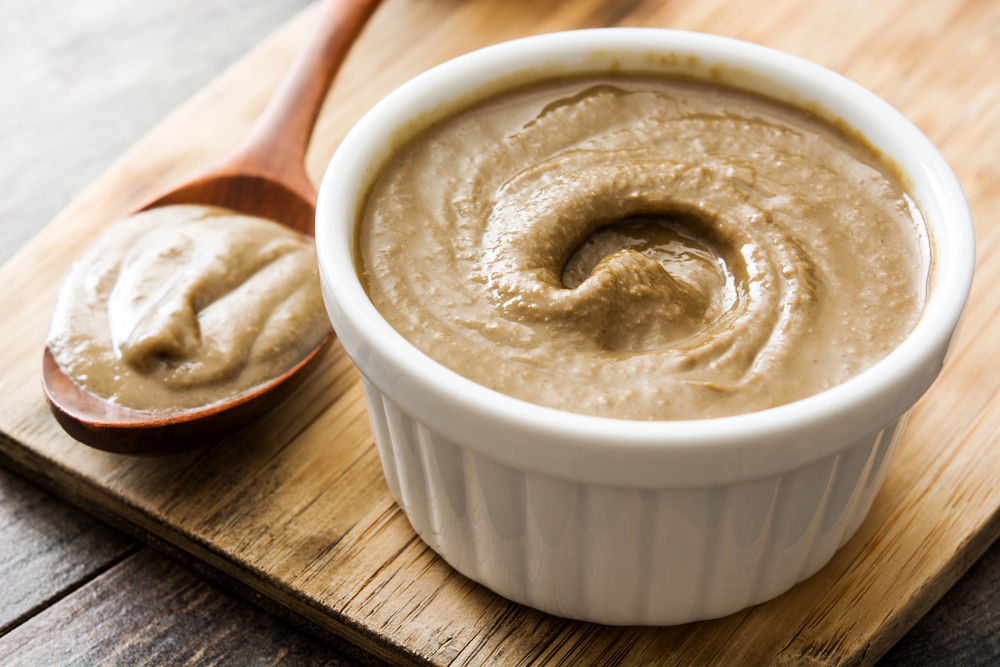
Tahini, a paste made from ground sesame seeds, is most commonly known as a key ingredient in hummus. However, it’s incredibly versatile and can be used in dressings, sauces, baked goods, and even smoothies. Its creamy, nutty flavor adds richness to both sweet and savory dishes. If you haven’t explored tahini beyond hummus, you’re missing out on a world of culinary possibilities.
Nutritional Yeast
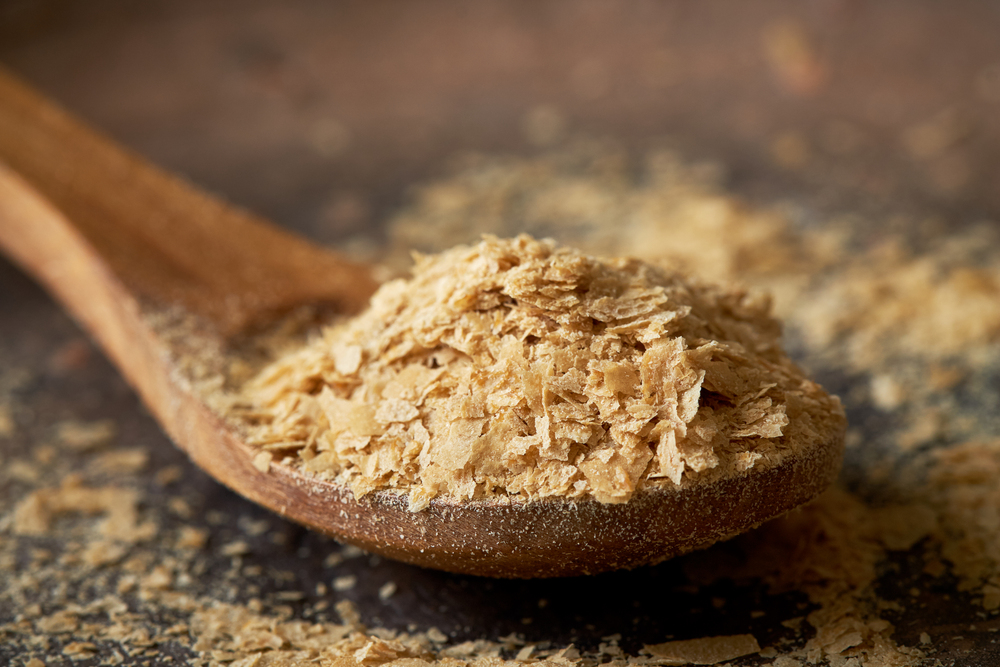
Nutritional yeast is a deactivated yeast with a cheesy, nutty flavor, popular among vegans as a cheese substitute. It’s packed with B vitamins and can be sprinkled on popcorn, mixed into pasta, or used to thicken sauces. Nutritional yeast adds a savory, umami flavor that can enhance a wide variety of dishes. It’s an ingredient that’s worth keeping on hand, especially if you’re looking to reduce dairy in your diet.
Harissa
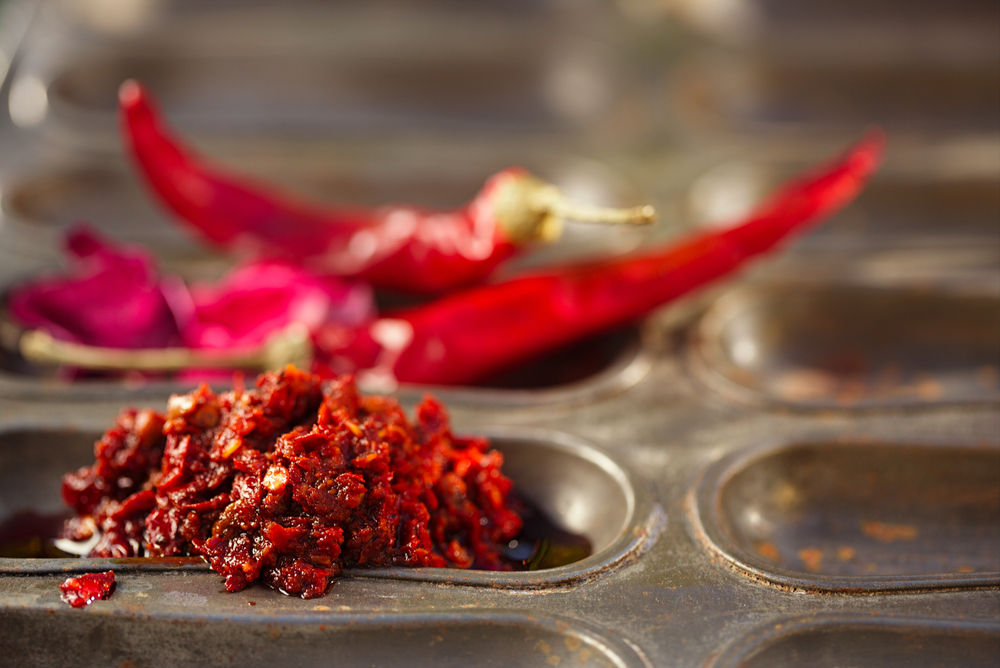
Harissa is a North African chili paste made from roasted red peppers, garlic, and spices. It’s spicy, smoky, and can be used to add heat and depth to soups, stews, and marinades. Harissa is also great for spreading on sandwiches or mixing into hummus for an extra kick. If you love spicy food, harissa is an ingredient that can take your dishes to the next level.
Freekeh
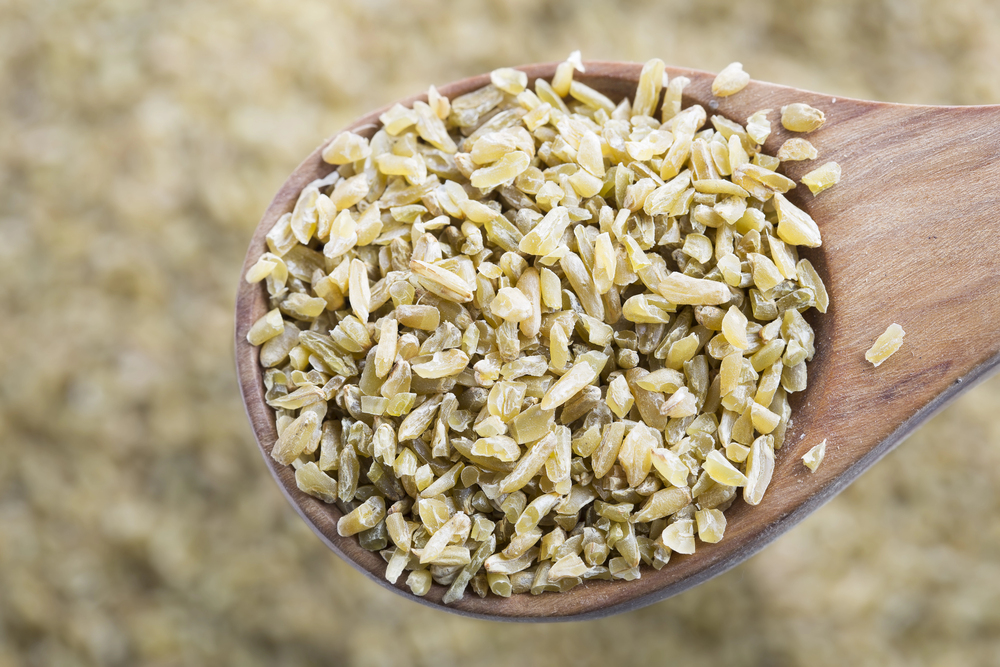
Freekeh is an ancient grain made from green wheat that has been roasted and cracked. It has a nutty, smoky flavor and a chewy texture, making it a great alternative to rice or quinoa. Freekeh is high in fiber and protein, making it a nutritious addition to salads, soups, and pilafs. If you’re looking for a new grain to try, freekeh is a delicious and healthy option.
Smoked Paprika
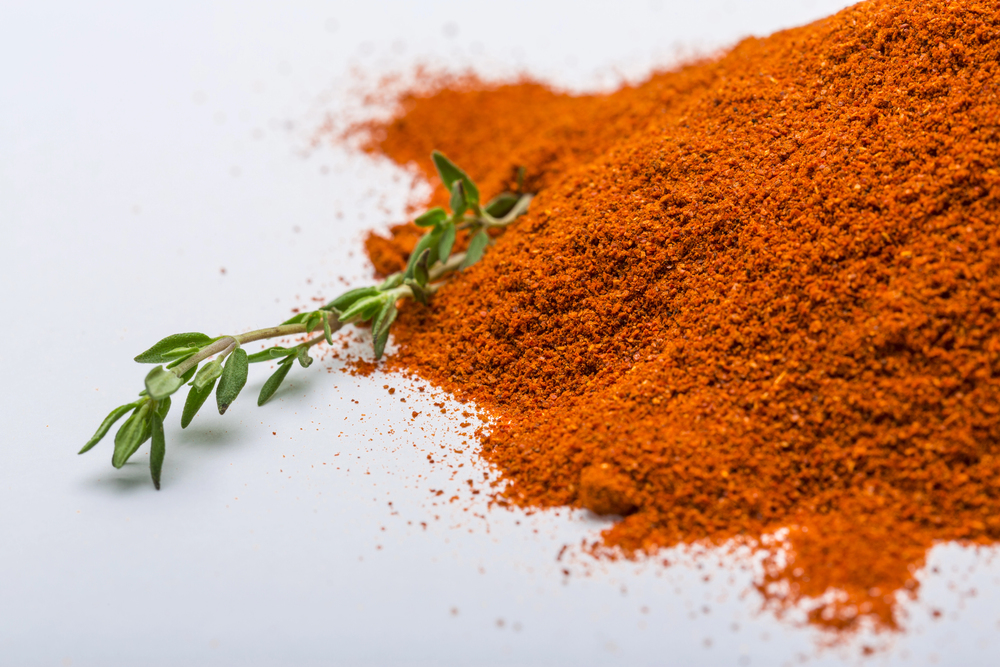
Smoked paprika is a Spanish spice made from dried, smoked peppers, offering a rich, smoky flavor with a touch of sweetness. It’s an excellent seasoning for meats, vegetables, and even eggs, adding depth and warmth to any dish. A little bit of smoked paprika can go a long way in transforming the flavor profile of your recipes. If you’re not using smoked paprika yet, it’s time to start.
Gochujang
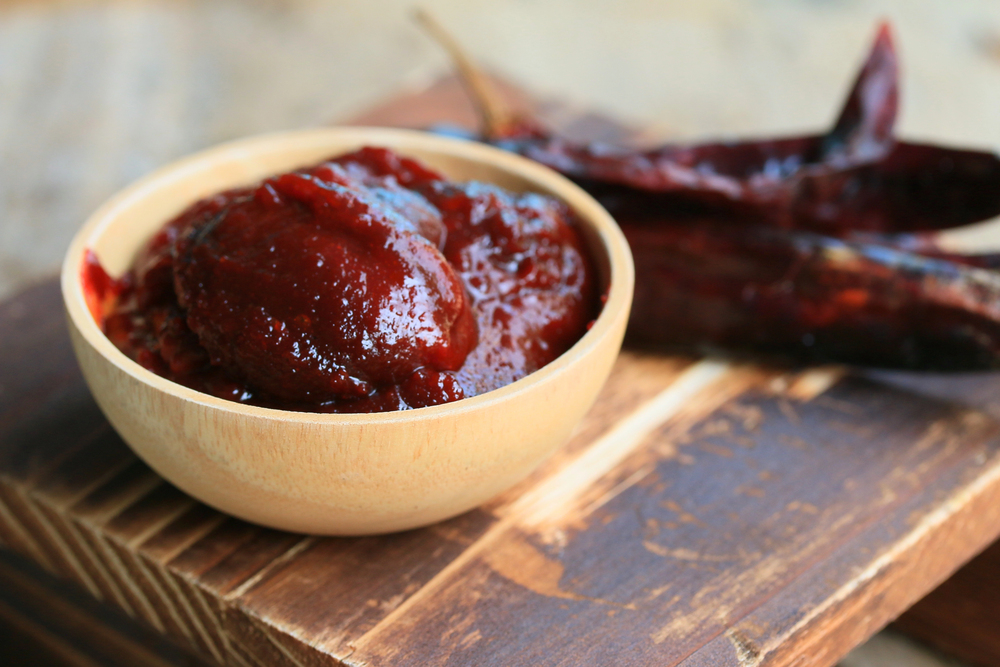
Gochujang is a Korean fermented chili paste that combines sweet, spicy, and savory flavors. It’s thick, rich, and can be used as a marinade, sauce base, or to add heat to stews and soups. Gochujang brings a deep, complex flavor that’s both bold and balanced, making it a staple in Korean cuisine. If you’re a fan of spicy foods, gochujang is a must-try ingredient.
Saffron
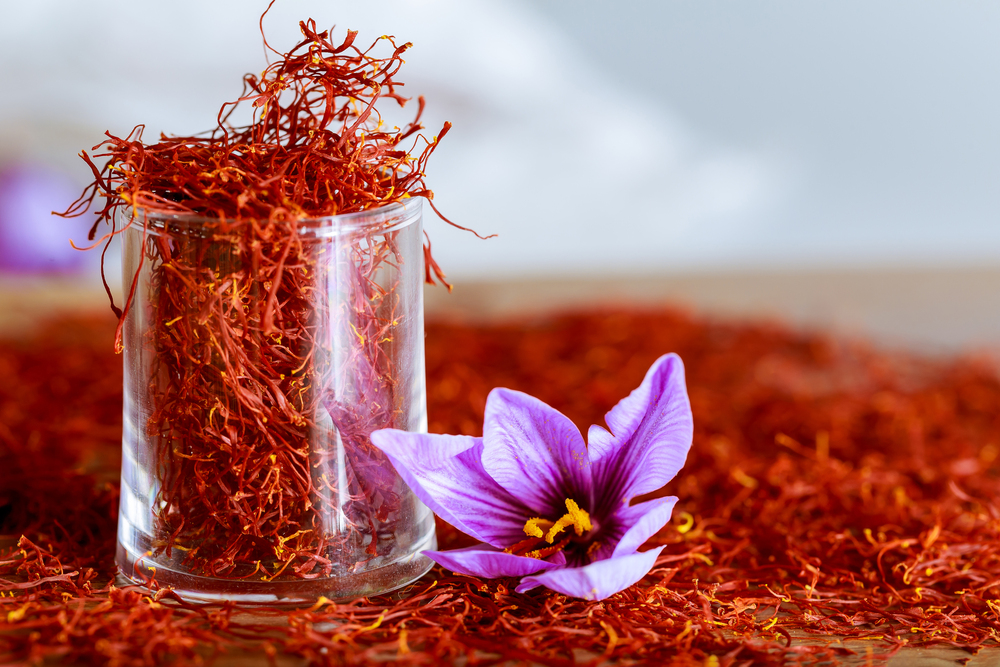
Saffron is the world’s most expensive spice, known for its distinctive golden color and unique flavor. A little saffron goes a long way, infusing dishes with a subtle earthy, floral taste. It’s often used in rice dishes like paella, risottos, and even desserts. While saffron may seem luxurious, its ability to transform dishes with just a pinch makes it worth the investment.
Tamari
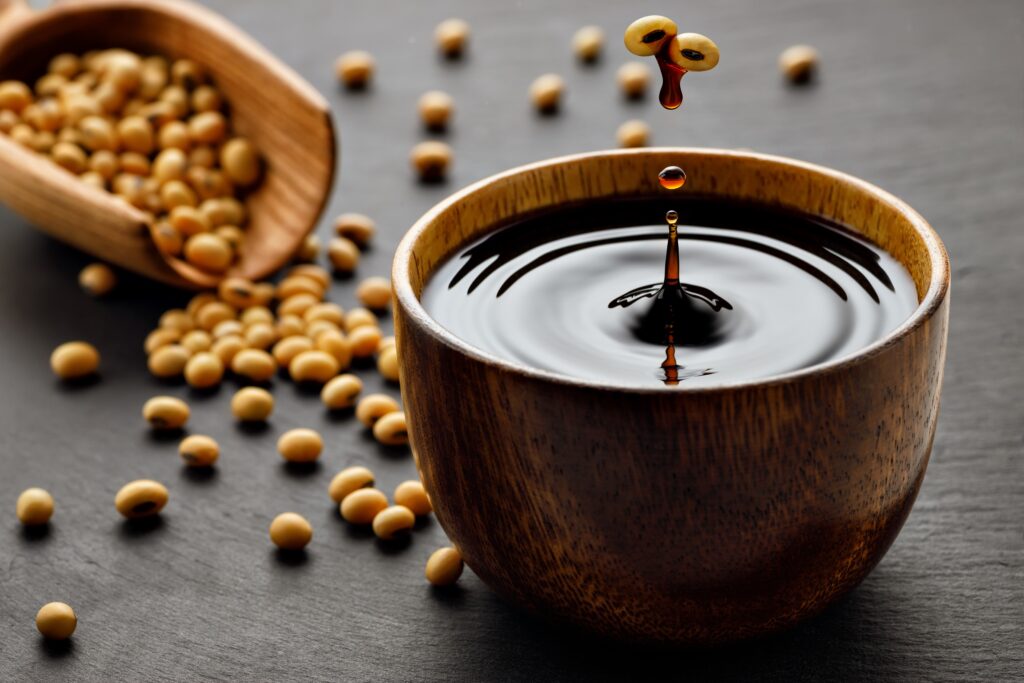
Tamari is a Japanese soy sauce that’s gluten-free slightly thicker and richer than regular soy sauce. It has a smooth, umami-packed flavor that’s perfect for dipping, marinades, and stir-fries. Tamari’s depth of flavor makes it a versatile ingredient that can enhance both Asian and non-Asian dishes alike. If you’re looking for a new sauce to try, tamari is a great alternative to regular soy sauce.
Fennel Pollen
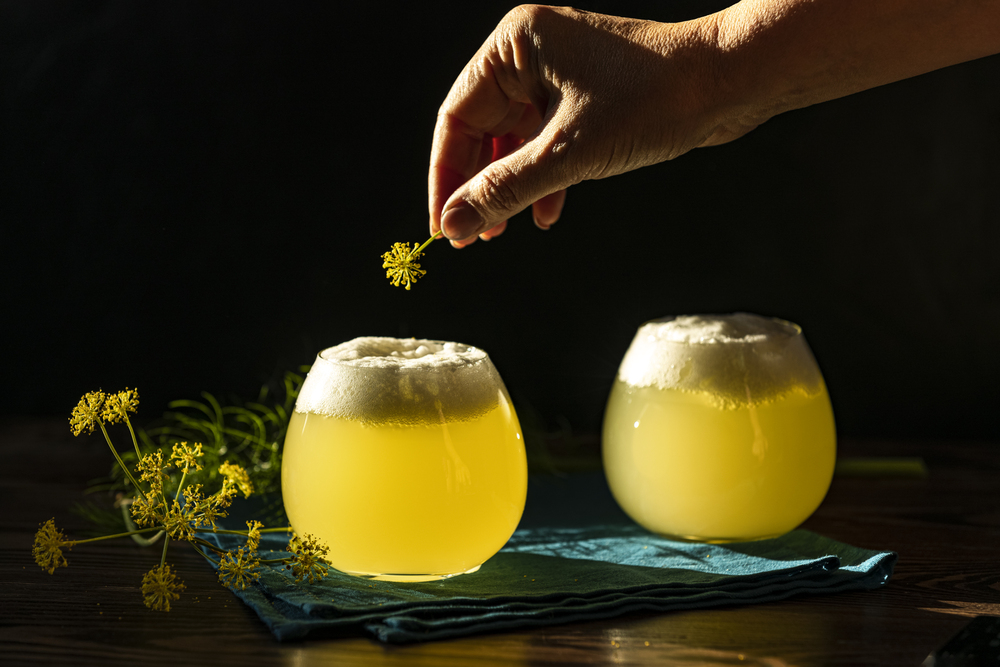
Fennel pollen is a spice made from the tiny blossoms of the fennel plant, offering a sweet, anise-like flavor. It’s highly aromatic and can be used to season meats, vegetables, and even desserts. Fennel pollen adds a burst of flavor that’s both familiar and exotic, making it a secret weapon in gourmet cooking. If you haven’t tried fennel pollen yet, it’s an ingredient that can elevate your dishes to new heights.
Amaranth
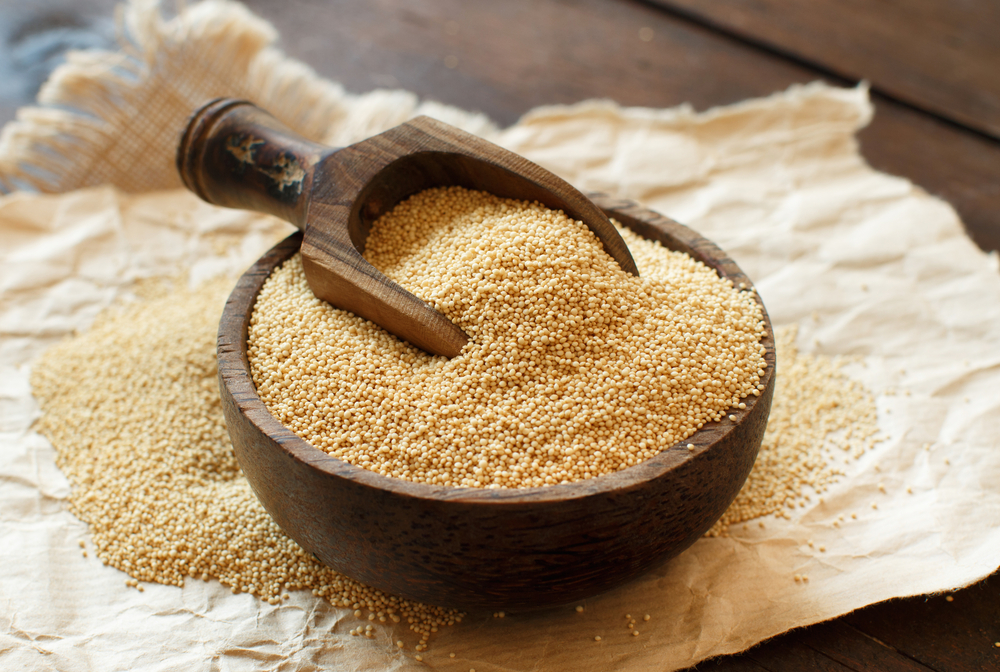
Amaranth is an ancient grain that’s gluten-free and packed with protein, fiber, and essential minerals. It has a slightly nutty flavor and can be cooked like quinoa or popped like popcorn. Amaranth is versatile and can be used in soups, salads, or as a base for porridge. If you’re looking for a nutritious alternative to traditional grains, amaranth is worth incorporating into your diet.
Shiso Leaves

Shiso leaves are a Japanese herb with a unique flavor that’s a mix of mint, basil, and anise. They’re often used in sushi, salads, and as garnishes for various dishes. Shiso leaves add a fresh, aromatic quality that can brighten up even the simplest dishes. If you’re looking to add a new herb to your repertoire, shiso leaves are a fantastic option.
Yuzu
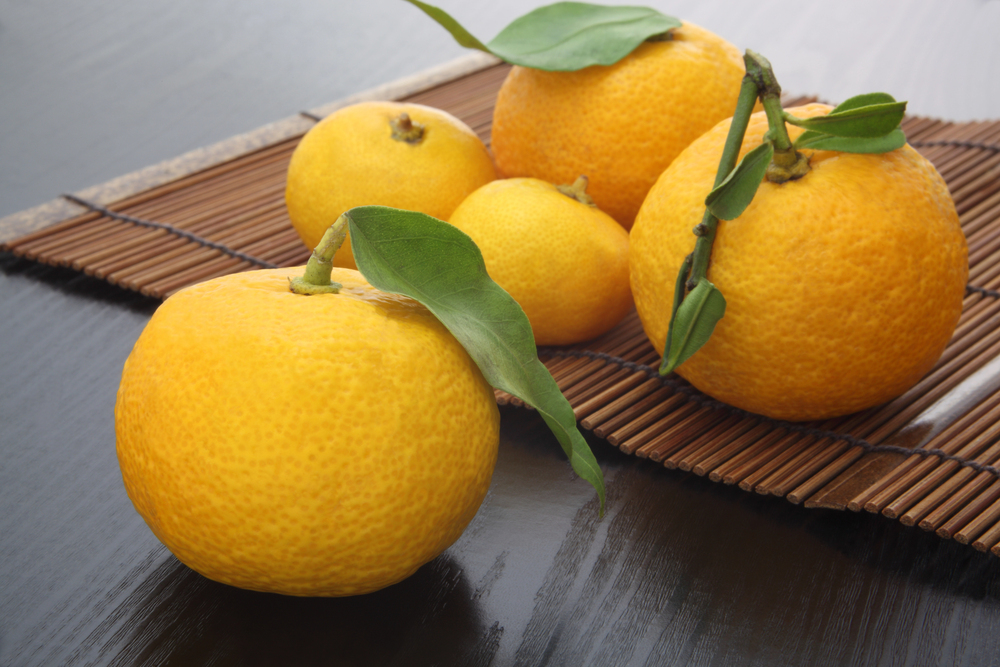
Yuzu is a citrus fruit from East Asia with a tart, aromatic flavor that’s somewhere between a lemon and a grapefruit. Its juice and zest are used in sauces, dressings, and desserts, adding a bright, tangy flavor. Yuzu’s unique taste can elevate dishes from simple to extraordinary, especially when used in seafood or salad dressings. If you haven’t tried yuzu yet, it’s an ingredient that can add a refreshing twist to your cooking.
Teff
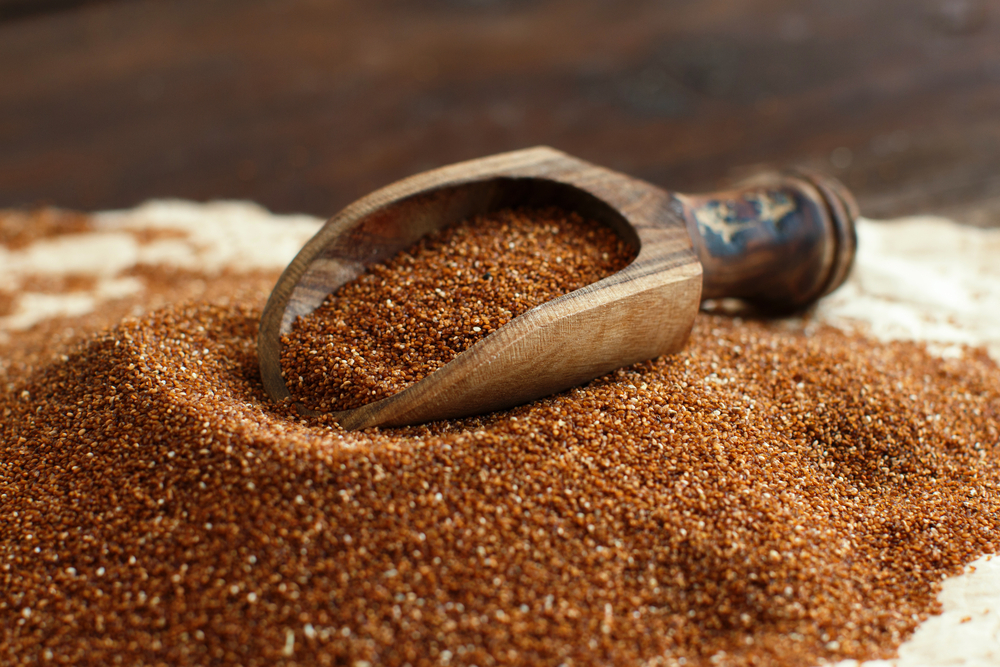
Teff is a tiny grain from Ethiopia that’s gluten-free and packed with protein, iron, and fiber. It has a mild, nutty flavor and can be used in porridge, baking, or as a thickener for soups and stews. Teff is versatile and can add a nutritional boost to both sweet and savory dishes. If you’re looking for a new grain to experiment with, teff is a nutritious and delicious choice.
Rose Water

Rose water is a fragrant distillate made from rose petals, used in desserts, beverages, and even some savory dishes. It adds a subtle floral aroma and flavor that can enhance both sweet and savory recipes. A few drops can elevate baked goods, cocktails, and even rice dishes with a unique and refreshing twist. If you’re not using rose water yet, it’s an ingredient that can bring a new level of sophistication to your cooking.
This article originally appeared on RetailShout.
More From RetailShout
23 Chocolate Cake Mix Recipes for Irresistible Desserts

Chocolate cake is a universal favorite, and there’s something incredibly comforting about a slice of rich, moist chocolate cake. But did you know you can do so much more with a box of chocolate cake mix? Read More.
18 Best Bourbon Cocktails You Can Make at Home

Imagine relaxing at home with a perfectly crafted bourbon cocktail in hand. There’s something special about mixing up a drink that’s not only delicious but also showcases the rich, complex flavors of bourbon. Read More.
20 Best Seafood Recipes for Summer Grilling
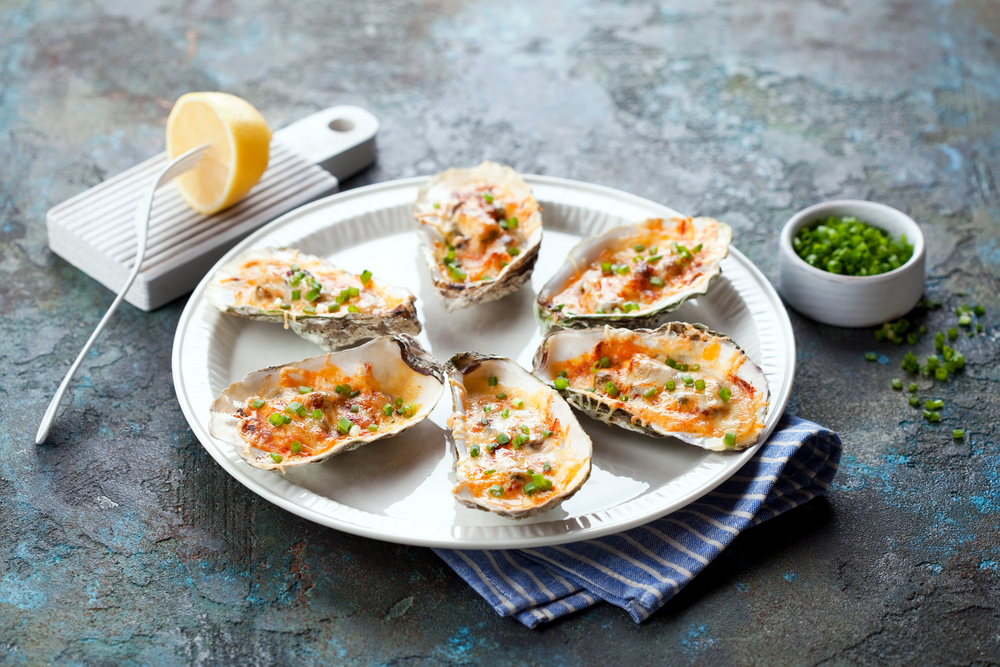
Whether you’re hosting a backyard barbecue or simply enjoying a quiet dinner with family, grilling seafood offers a delightful and healthy way to make the most of the season. Read More.



